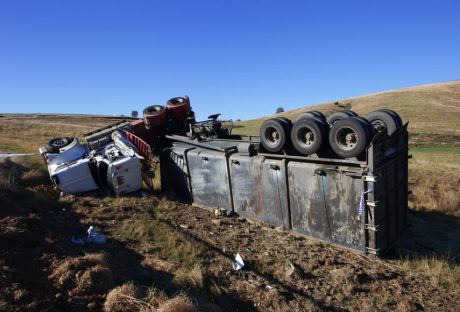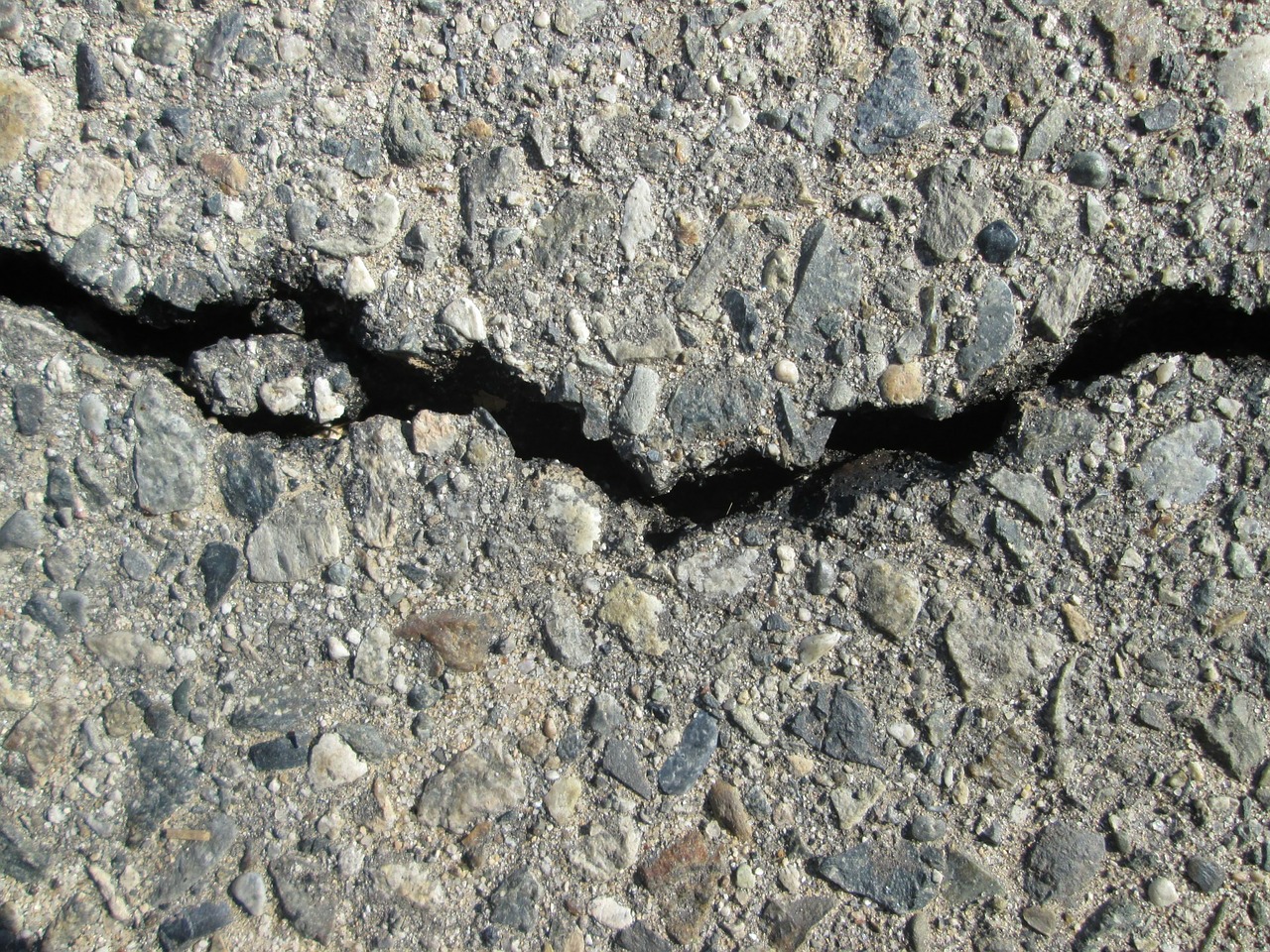If you are involved in the repair or maintenance of railways then you can appreciate the need for heavy equipment. In the past railways were fixed manually. Men used spanners, jacks, shovels, and plenty of muscle power to dig up, detach, and replace damaged tracks and signs.
Fortunately, this is much easier to do today. However, although heavy equipment makes the job significantly easier, the equipment is generally expensive and it may be difficult to justify the purchase of such equipment.
Fortunately, there is an alternative. You can rent the heavy equipment you need from a reputable railway equipment company. This makes the process affordable and practical. But, you do need to know the following.
It’s Safer
The simple truth is that doing any work on a railway line is dangerous. Trains can be on the tracks and heavy items can injure you. Using specialized equipment, some of which is automated, dramatically reduces the risk.
Alongside this, renting equipment instead of buying it means you don’t have to worry about maintaining it. This will be handled by the rental firm for you, allowing you to focus on using the equipment for your intended project.
The fact that the maintenance is carried out by a reputable company ensures it is always safe to use.
Cost-Effective
Purchasing heavy equipment for occasional use is simply not a viable option for many companies. The cost of purchasing would take years to recuperate. In fact, by the time the machine has paid for itself, it would probably be outdated and inefficient.
That isn’t something to worry about when renting heaving equipment.
You may also like: What to Consider When Buying Heavy Duty Truck Alignment Equipment
Of course, it is important that a properly trained and registered operator uses the equipment. You will need to confirm you have such an operator before you rent the equipment. If not, the company may be able to supply an operative.
Length Of Job
This is a key factor in deciding whether to rent or buy. The longer a job is set to go on for the more justifiable it is to purchase heavy railway equipment. But, it isn’t just the length of the job that matters. It also matters how often you would use a specific piece of equipment.
After all, if you use it just once or twice, even as part of a ten-year job, it really is better to rent than to buy.
Delivery
If you opt to purchase heavy equipment you also need to think about transportation. While the manufacturer may deliver it for you, how will you move it when you need it in different locations? This is an important part of the equation as transport costs can be significant.
Again, a specialist firm will handle all of this for you, allowing you to get the job done properly, safely, and within budget. After all, if there is an issue with your heavy equipment then the firm will handle all repairs and issues for you. That is useful!
Read Also:
























